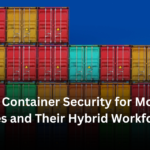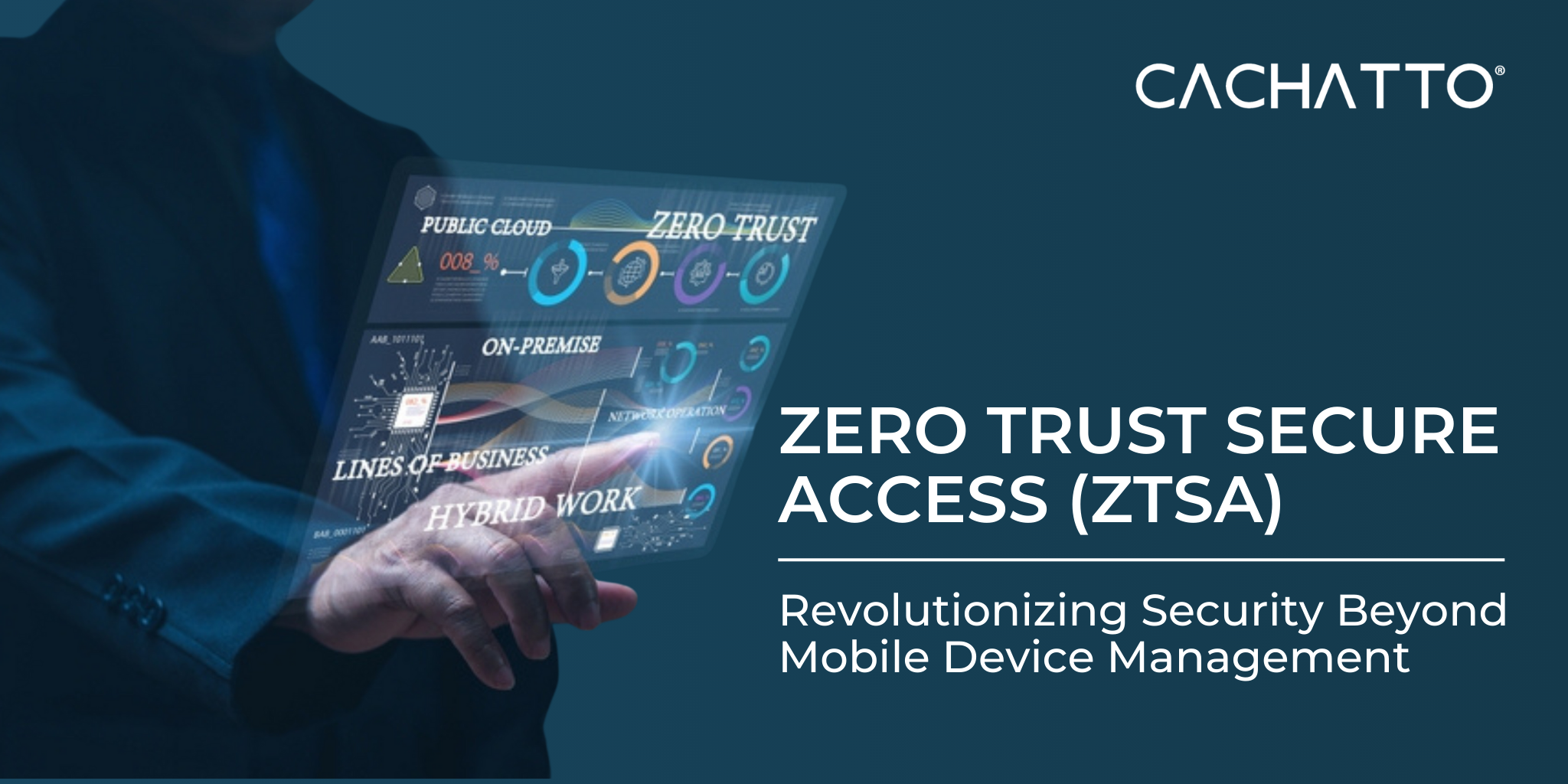While Mobile Device Management (MDM) has been a stalwart in managing and securing mobile devices, a new paradigm has emerged that promises superior security – Zero Trust Secure Access (ZTSA). Explore how ZTSA surpasses traditional MDM solutions and offers a more robust and adaptive approach to safeguarding the modern enterprise.
The Evolution of Security Needs:
As today’s workforce has become increasingly mobile and the threat landscape continues to grow in complexity, organizations are striving hard to adapt their security measures to mitigate potential advanced risks. Mobile devices have become ubiquitous in the workplace, requiring effective management solutions to control access and secure sensitive information. While MDM has played a crucial role in device management, it has its limitations, especially in the context of the ever-expanding attack surface.
Challenges with Mobile Device Management:
•Limited Scope: MDM primarily focuses on securing and managing mobile devices. However, with the rise of bring-your-own-device (BYOD) policies and the integration of various endpoints into corporate networks, the scope of MDM falls short of providing comprehensive security.
•Device-Centric Approach: MDM relies heavily on trusting the device itself. Once a device is granted access, it is often assumed to be secure, leaving organizations vulnerable to attacks that compromise the integrity of the device or manipulate its permissions.
•Static Policies: MDM solutions often employ static policies based on pre-defined rules. This rigid approach may not effectively adapt to dynamic threat landscapes, leaving organizations susceptible to emerging and sophisticated cyber threats.
Let’s take a look at how Zero Trust Secure Access overcomes the limitations of MDM.
ZTSA operates on the foundational principle that trust should never be assumed, even within an organization’s network. This revolutionary approach challenges the traditional security model by adopting a more dynamic and granular strategy.
•Continuous Verification: ZTSA operates on the philosophy of continuous verification. Unlike MDM, which establishes trust at the device level, ZTSA continuously verifies the identity and security posture of users, devices, and applications, regardless of their location or network.
•Micro-Segmentation: ZTSA implements micro-segmentation, dividing the network into smaller, isolated segments. This limits lateral movement within the network, containing potential threats and reducing the overall attack surface. MDM, with its broader approach, may struggle to achieve the same level of segmentation and control.
•Adaptive Access Controls: While MDM typically relies on fixed access controls, ZTSA employs adaptive access controls based on contextual information. This ensures that access privileges are dynamically adjusted based on user behavior, device health, and other contextual factors, minimizing the risk of unauthorized access.
•Behavioral Analytics: ZTSA incorporates advanced behavioral analytics to detect anomalous patterns and potential security threats. By continuously monitoring user and device behavior, ZTSA can identify suspicious activities and respond proactively, enhancing the overall security posture of an organization.
•Device-Agnostic Security: Unlike MDM, which is inherently device-centric, ZTSA takes a device-agnostic approach. This allows organizations to embrace diverse device types, including traditional desktops, laptops, and emerging technologies like IoT devices, without compromising security.
ZTSA’s emphasis on continuous verification, micro-segmentation, adaptive access controls, behavioral analytics, and device-agnostic security addresses the limitations of traditional MDM solutions. As organizations continue to embrace diverse IT environments and remote work scenarios, ZTSA emerges as a superior choice for safeguarding sensitive data and systems.
By adopting ZTSA, enterprises can establish a robust security framework that not only protects against current threats but also evolves to meet the challenges of tomorrow’s cybersecurity landscape. The future of security lies in a Zero Trust approach, where trust is earned continuously, and access is granted based on a holistic assessment of contextual factors, ultimately leading to a more resilient and secure enterprise.
Have you implemented ZTSA yet?
For more information email marketing@cachatto.com





